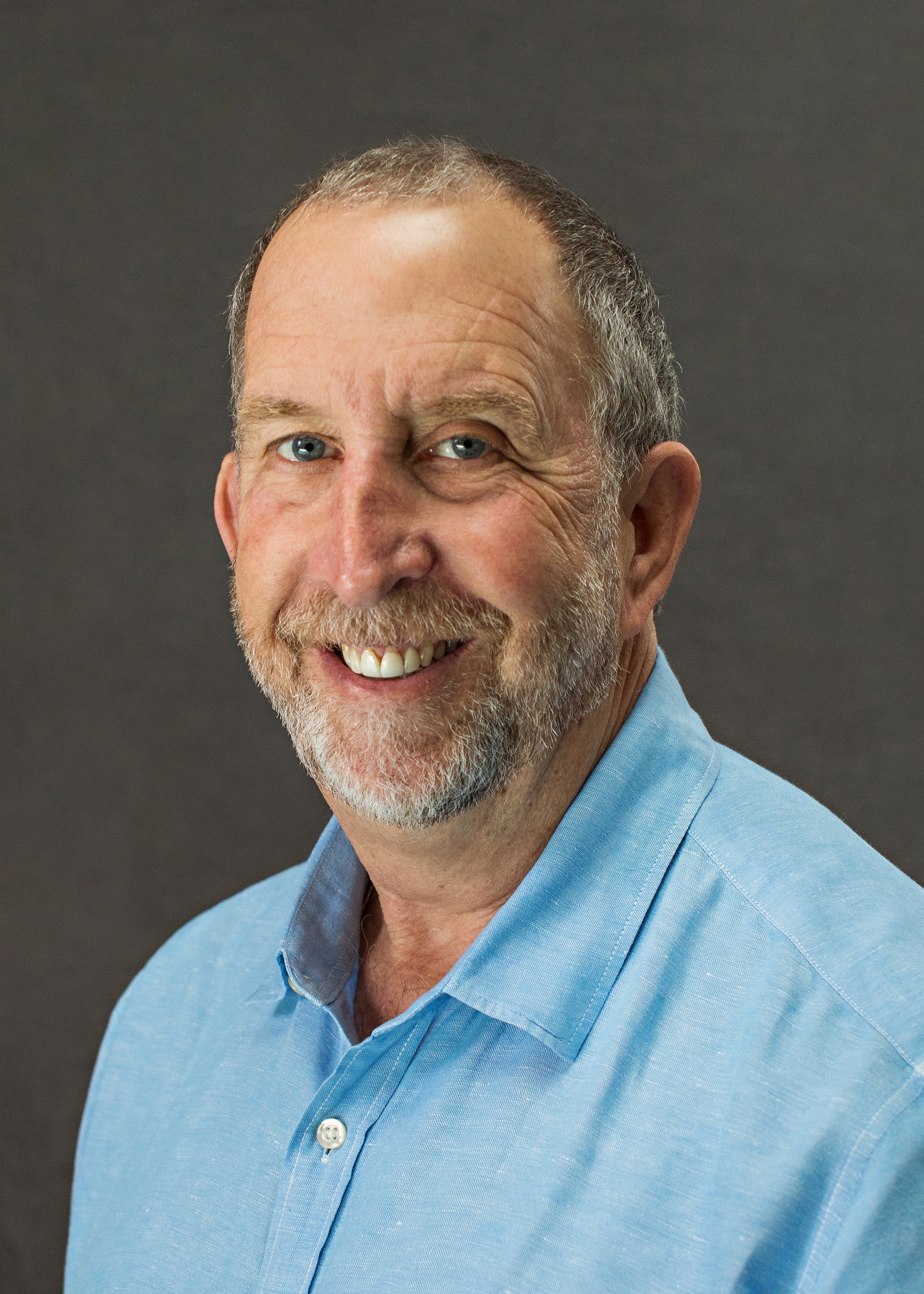Without a doubt, teens are the most at-risk and underserved subset of children ages 5–18. This is not just a local problem but is evident throughout the City of LA, our state, and the nation.
While programming and sites dedicated to youth ages 5–12 thrive, there is a shortage of opportunities available to teens who, at the same time, have the highest probability of all youth to engage in or become victims of crime, assault, drugs, obesity, homicide, out-of-wedlock pregnancy, and suicide.
Examples of this lack of investment in our teens are many. After-school funded programs at elementary schools that average 400 students approximates $150,000, while high schools with five times or more students average only a $200,000 annual investment. Private and public youth-serving agencies in San Pedro and the greater Harbor Area sponsor youth development programming, where over 80 percent are for youth ages 12 or younger.
Why do we engage in this disproportionate investment when our teens are far more at risk than younger children? Now is the time to invest in teens and provide them with pathways to success.
COLLEGE: We began our College Bound program back in 2002 because the vast majority of our members were not being provided the additional support needed for a pathway to higher education.
Our free after-school one-on-one case management and tutorial support program results in 98 percent high school graduation rates and 94 percent college-going rates annually. Our individual case management assures that our participants do not enroll in high-debt institutions, and last year alone, we assisted 771 college-going seniors in securing $16.5 million in federal grants and scholarships for their freshman year.
But let’s not distort college — for its primary purpose is not and should not be focused on specific careers. Rather: “College is a crucial phase in their personal and intellectual growth journey. It is a period of self-discovery, diverse experiences, and knowledge acquisition, laying the foundation for future pursuits. It equips individuals with the tools to navigate the world’s complexities and pursue various aspirations.” (University of the Potomac).
We know that, on average, college graduates are going to eventually earn far more over their lifetimes than those who do not have this opportunity, but that should not be the driving force on whether or not a high school graduate attends college. Every student should have the opportunity and skills to attend higher education and then make an individual decision on whether or not to take this pathway to success.
WORKFORCE: At the same time, we know that some students cannot or should not attend college for many reasons — and that having a separate pathway directly into the workforce following high school graduation is the better option. One problem, however, is that career and technical education is not an option at most high schools, and job experiences that many of you and I had during high school are no longer available.
This is why we developed our Career Bound program, which provides the same one-on-one case management our College Bound members receive and daily academic support, soft skills training, weekly workshops, field trips, financial literacy, job fairs, and much more.
Last year, we had 205 high school participants, and this year, with the expansion of our own Workforce Center (up to age 24), we will have over 300 young adults supported daily on this pathway. With local business partners, we provide over 80 paid internships on weekends and during the summer months, often resulting in eventual employment.
In addition, this year, we are providing over 70 high school students/young adults with free enrollment in welding and construction skills training classes. We are also working with six local trade unions as a pathway to a most valuable career. Given the limitations of public education, we have developed our own workforce pathway opportunity for high school students not planning on attending college.
Every high school student deserves options for a pathway to success. It’s time for a much broader and deeper investment in the teens/young adults of our community and nation if we hope and expect them to be participating members of our society and have a future life of quality. spt







Comments